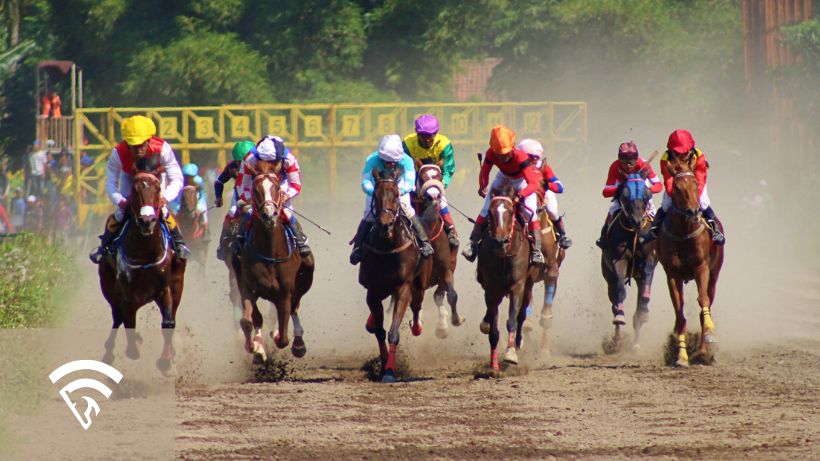What is a Straight Course in Horse Racing?
A straight course in horse racing is a track layout where horses run without navigating any turns, typically over shorter to mid-range distances. Most common in parts of Europe—such as on Newmarket’s July Course or Ascot’s straight mile—these races test raw pace, balance, and the ability to quicken or sustain speed over a direct path. Because there are no corners to negotiate, positioning, drafting (tucking in behind rivals to save energy), and timing a final burst of acceleration play major roles in determining a horse’s success.
Why Are Straight Courses Important?
-
Pure Speed and Stamina
- Without turns to slow the field, straight-course races often become a true test of sustained speed or late acceleration, depending on the distance.
- Horses that excel on straights typically have good gate speed and the capacity to distribute energy evenly.
-
Strategic Positioning
- Jockeys must manage pace and positioning in a more linear fashion, choosing to race along rails or staying in the center of the course.
- Watching how horses handle wide-open spaces—where there’s more freedom to move laterally—can provide handicapping clues about their adaptability.
-
Undulating Terrain
- Some straight courses, particularly in the UK or Ireland, include inclines or downward slopes, adding complexity to a seemingly simple layout.
- Stamina can be tested as horses climb uphill, while downhill portions might favor those with excellent coordination and balance.
-
Equalizing Factor
- Straight races can minimize the advantage of drawing certain post positions—unlike on a turn-heavy oval—since horses don’t risk getting trapped on tight bends or forced wide.
Tips for Handicapping Straight-Course Races
- Analyze Past Performances on Similar Tracks
- Horses that show strong finishes on prior straight courses often repeat these efforts if conditions remain similar.
- Consider Running Style
- Front-runners can try to dominate from the gate, but closers with a powerful late kick may excel if the pace heats up early.
- Pay Attention to Ground Conditions
- In Europe, a straight course may feature varying ground softness or moisture levels across different lanes, altering “fast lanes” vs. slower going.
- Review Breeding and Conformation
- Horses with a smooth, efficient stride may handle straight runs better, especially if there’s a mild undulation or slope.
Straight-course racing offers a distinct challenge where turns don’t come into play, yet factors like top-end speed, jockey tactics, and track surface variations still shape the outcome. EquinEdge, an AI-powered handicapping platform, analyzes data like pace scenarios, speed figures, and real-time odds to help bettors navigate these unique conditions—enhancing both your racing knowledge and betting strategy. Sign up with EquinEdge to get started.
